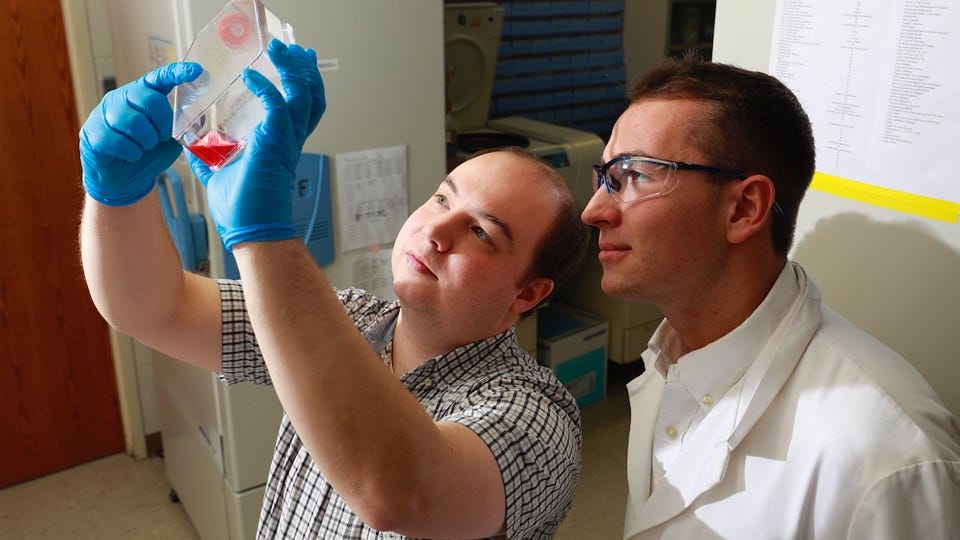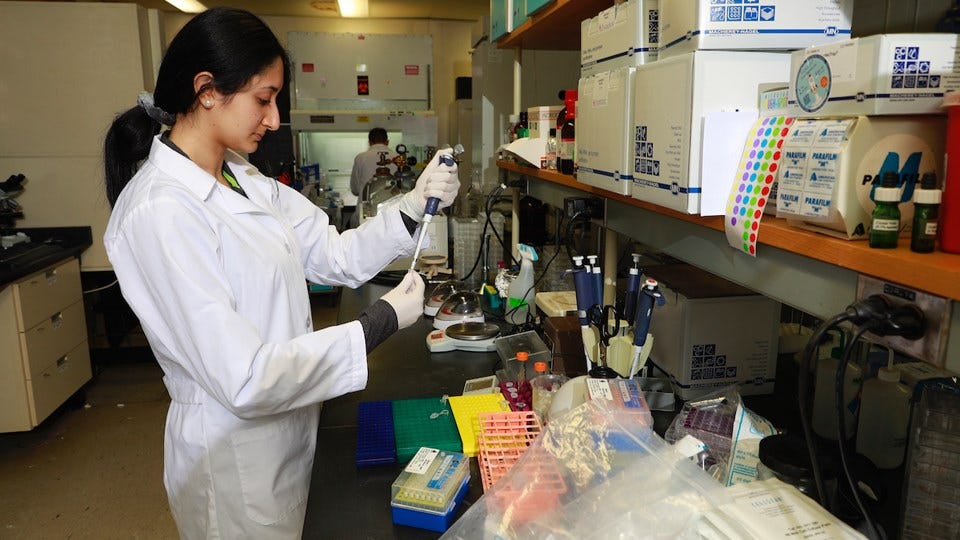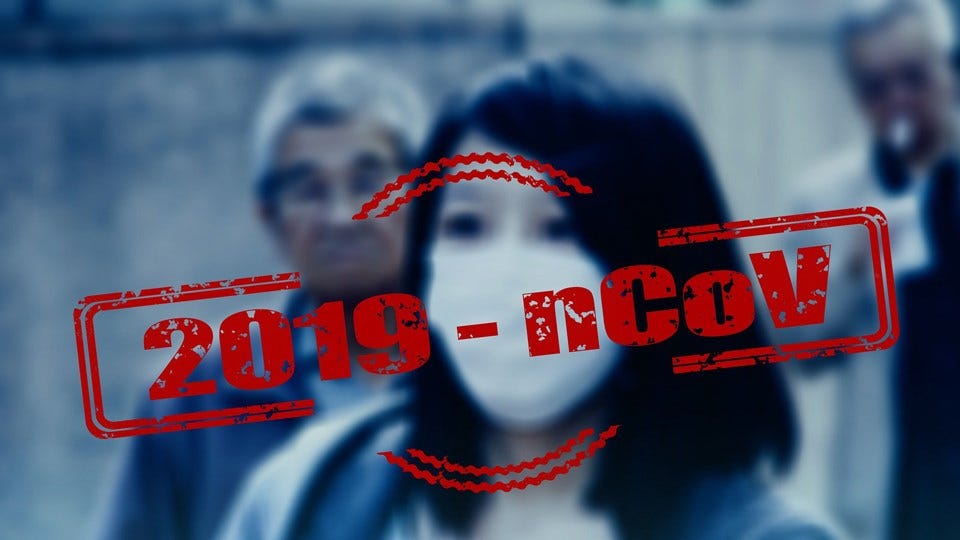Butler Helps in Search for Treatment of Coronavirus
Subscriber Benefit
As a subscriber you can listen to articles at work, in the car, or while you work out. Subscribe NowAn assistant professor of biology at Butler University is conducting research that could one day play a role in helping to find a treatment for coronavirus.
Chris Stobart is a virologist who looks for new behaviors in viruses. He’s currently focusing his research on a protease, an enzyme that cuts larger viral proteins into smaller proteins.
“Without the protein, the virus is dead,” Stobart says. “What we’re doing is trying to mutate parts of this enzyme to figure out what regions are potential targets for the drug.”
Stobart and his research team are investigating the structure of the protease in the mouse hepatitis virus. Stobart says the coronavirus that affects mice is similar to those affecting humans.
“It contains all the same genes but not the same protein products that the human coronaviruses do. So, we can use it as a safe model to test and evaluate how the virus works,” explain Stobart.
Stobart says his work is to help biochemists or pharmacologists to create medicines to fight the virus.
“We’re in the trenches here at Butler and the goal for us is to learn so that the central biology that we need for others to develop drugs to go to market,” said Stobart. ‘We’re giving them the information. Here’s the flag that you need to put down for your next drug research to go after this target.”
He started studying coronaviruses about a decade ago. This specific research path started in 2018, but the emergence of the novel strain of the Wuhan coronavirus (nCoV-2019) makes his work timely and relevant.
“It’s a terrible virus, and it’s killing people. But from a scientific perspective, this is one of our best opportunities to learn about coronaviruses by watching what it’s doing, and trying to understand how it does this, how did it emerge,” said Stobart.
Stobart says there are seven know human coronaviruses, four of which cause the common cold. But then there are three emerging pathogens, SARS (Severe Acute Respiratory Syndrome), MERS (Middle East respiratory syndrome) and now this novel coronavirus.
“The emergence of this coronavirus is the third now new coronavirus to have jumped in the humans in the last 20 years. This virus has never infected humans in the past. It’s new in humans altogether,” explained Stobart. “And so, we’re learning about the virus just as much as the virus is learning off. It’s learning how to infect us, it’s learning how to spread, learning how to pass from human to human.”
Stobart says his team’s research could play a role in leading a treatment for coronaviruses.
He hopes to finish his work this spring and publish during the summer.
Stobart explains to Inside INdiana Business what role his research plays in creating a treatment for coronavirus.
Stobart explains how the scientific community is getting real time data from China to help in the fight against the Wuhan coronavirus.



